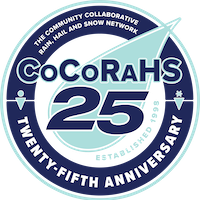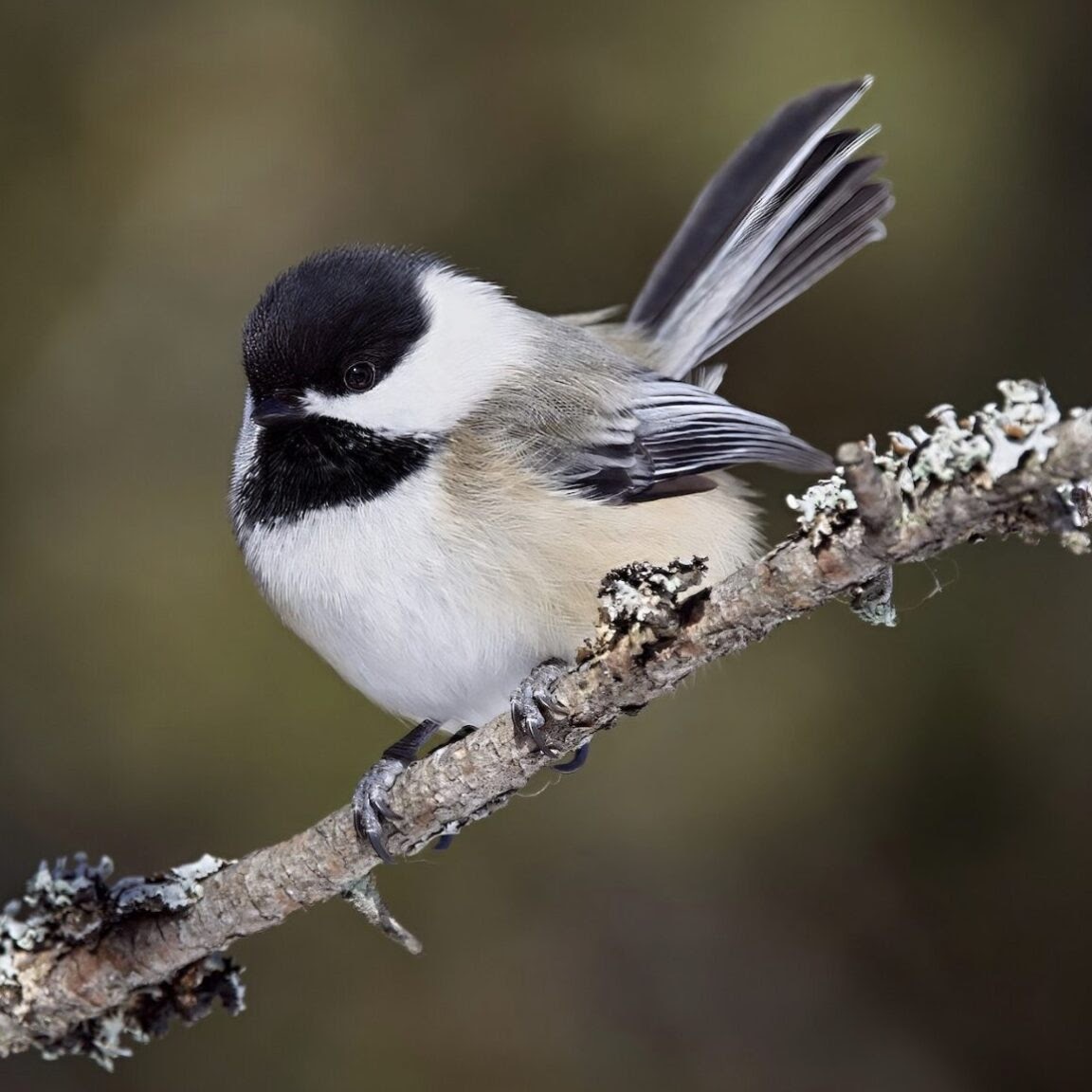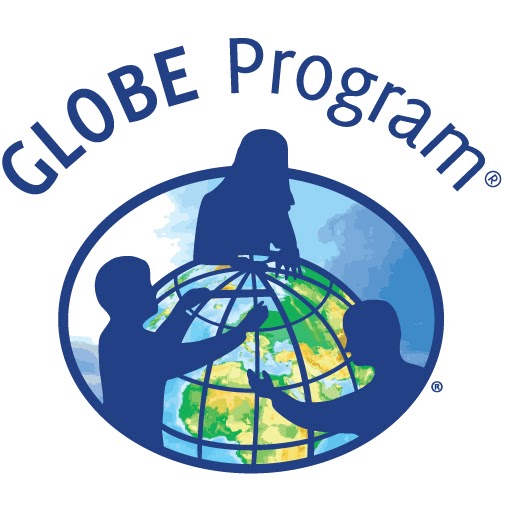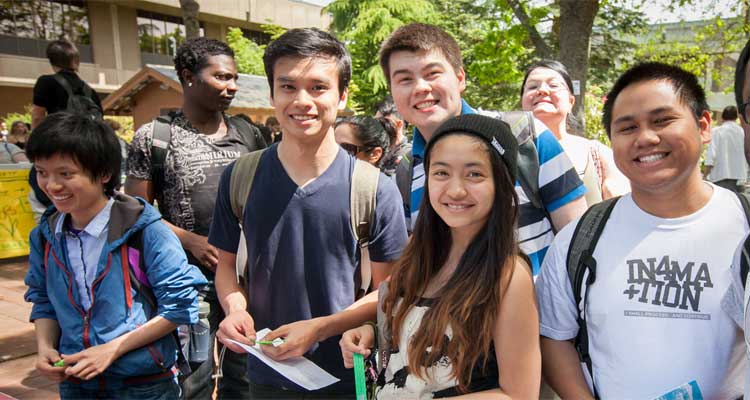Monitoring Planet Earth
You can help scientists monitoring Planet Earth!
There are many ways to get involved in helping us understand what's happening in the environment around us. Below are links to the programs mentioned in the exhibit panel as well as additional opportunities that you may find interesting.
What can you do?
Opportunities for monitoring Planet Earth, right here in the PNW!
- Pilchuck Audubon sponsors a few projects you can get involved in:
- The Avian Habitat Use Monitoring at the Edmonds Marsh project, right here in our community. This 10-year study began in 2018 to create a baseline by which to evaluate the impact of the upcoming changes to the marsh on its avian residents and visitors.
- Since 2007, they have been monitoring Vaux’s Swifts in Monroe and need your help to keep this long-term project going. The goal is to have at least one observer every night at the roost during migration.
- Audubon Christmas Bird Count in Edmonds and Everett/Marysville. Started in 1900, it is the nation's longest-running community science survey. The project divides a designated 15-mile diameter count circle into sections, which are surveyed by teams of volunteers to identify and count all of the wild birds present.
- BEACH Program: WSU Snohomish Extension Beach Watcher Program water quality monitoring. Volunteers collect water quality samples in the summer between Memorial Day and Labor Day on Mondays or Tuesdays at five Snohomish County beaches; Howarth Park, Mukilteo Lighthouse, Picnic Point, Brackett’s Landing, and Marina Beach, as well as Jetty Island between July and September. The water samples are then delivered to the lab in the Snohomish Delta on the same day.
- Woodland Park Zoo Carnivore Spotter: Help expand our understanding of how urban carnivores live and interact with people across urban and suburban areas in the greater Seattle region.
- Forest Health Watch Empowering PNW Communities to Keep Forests Healthy through understand the effects of climate change on our forests and communities by taking photos of western redcedar and sharing them.
- Washington Rare Plant Monitors program is a multi-decade effort to visit known populations of rare plants around the state to to update inventories on rare plant populations and contribute to the seed bank by collecting seeds from wild populations of rare native plants.
You can learn about other opportunities in the PNW from the Pacific Northwest Citizen and Community Science website.
Earth Monitoring Opportunities from the Exhibit
 CoCoRaHS
CoCoRaHS
The Community Collaborative Rain, Hail & Snow Network (CoCoRaHS) officially began
in 1998 with a few observers in Colorado. It has since grown to over 27,000 active
observers in the United States, Canada, Puerto Rico, the U.S. Virgin Islands, Guam
and the Bahamas. All you need to join is a rain gauge and a willingness to share your
data!
 Great Backyard Bird Count
Great Backyard Bird Count
Each year, over four days in February people participating in the bird count spend time in their favorite places watching and counting as many birds as they can find and report. These observations help scientists better understand global bird populations before one of their annual migrations. Whether you count one bird or hundreds, participating is easy and fun for all ages.
 GLOBE Program
GLOBE Program
The Global Learning and Observations to Benefit the Environment (GLOBE) Program is a science and education program that focuses on advancing Earth systems science through data collection and analysis by citizen scientists. Participants not only have the ability to submit their observational data to the extensive GLOBE database, but they can also use data from the database for their own research.

